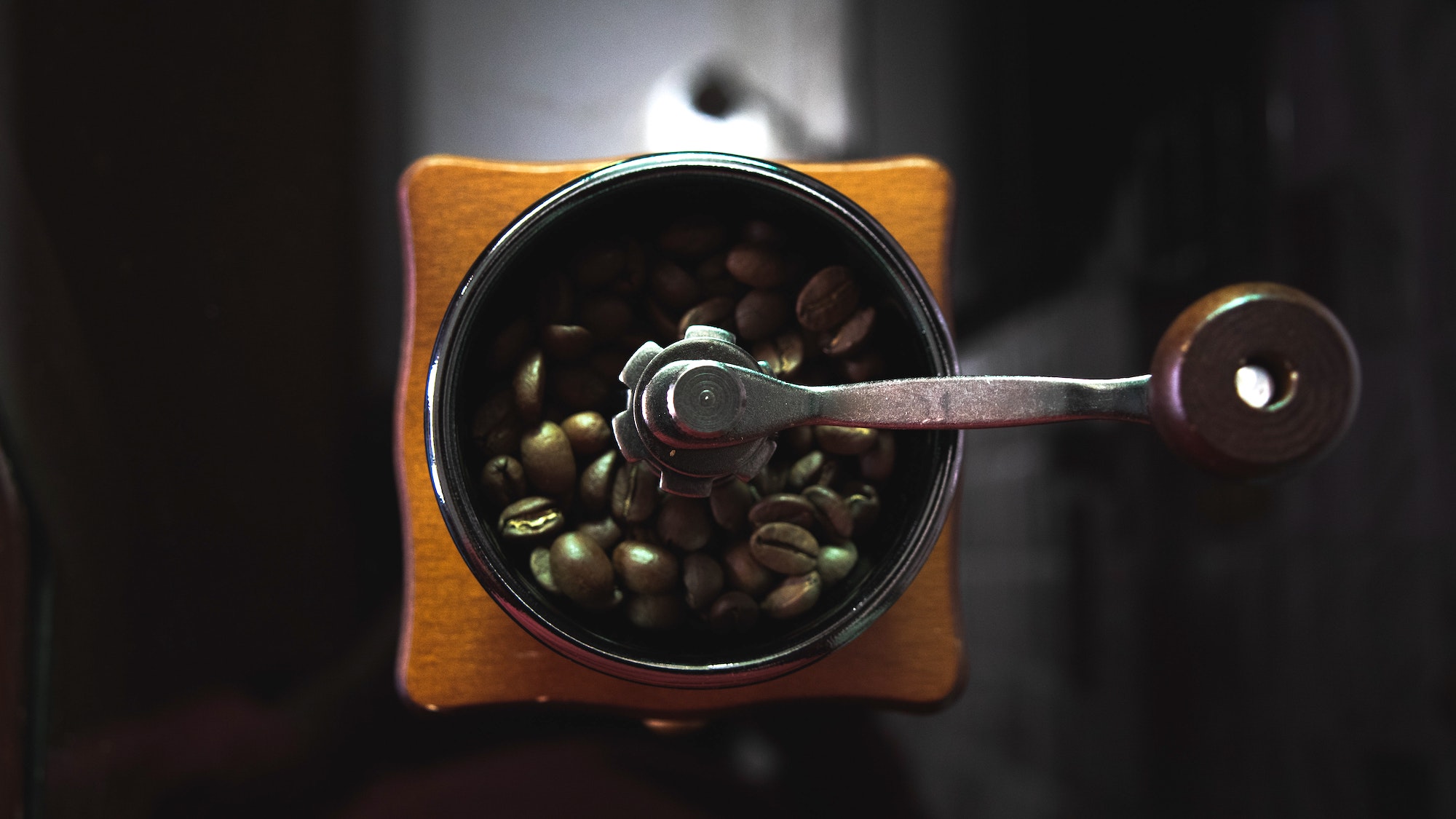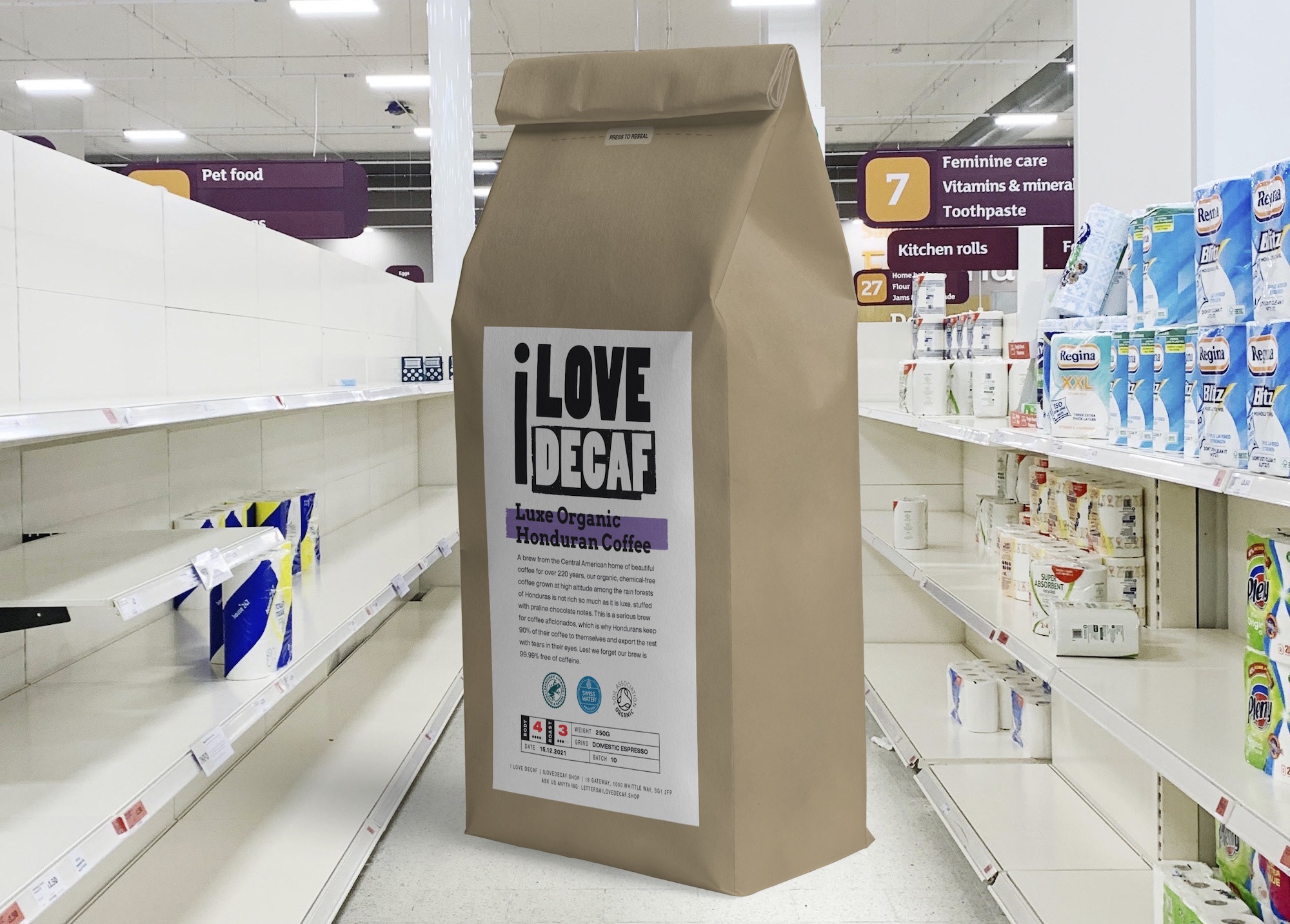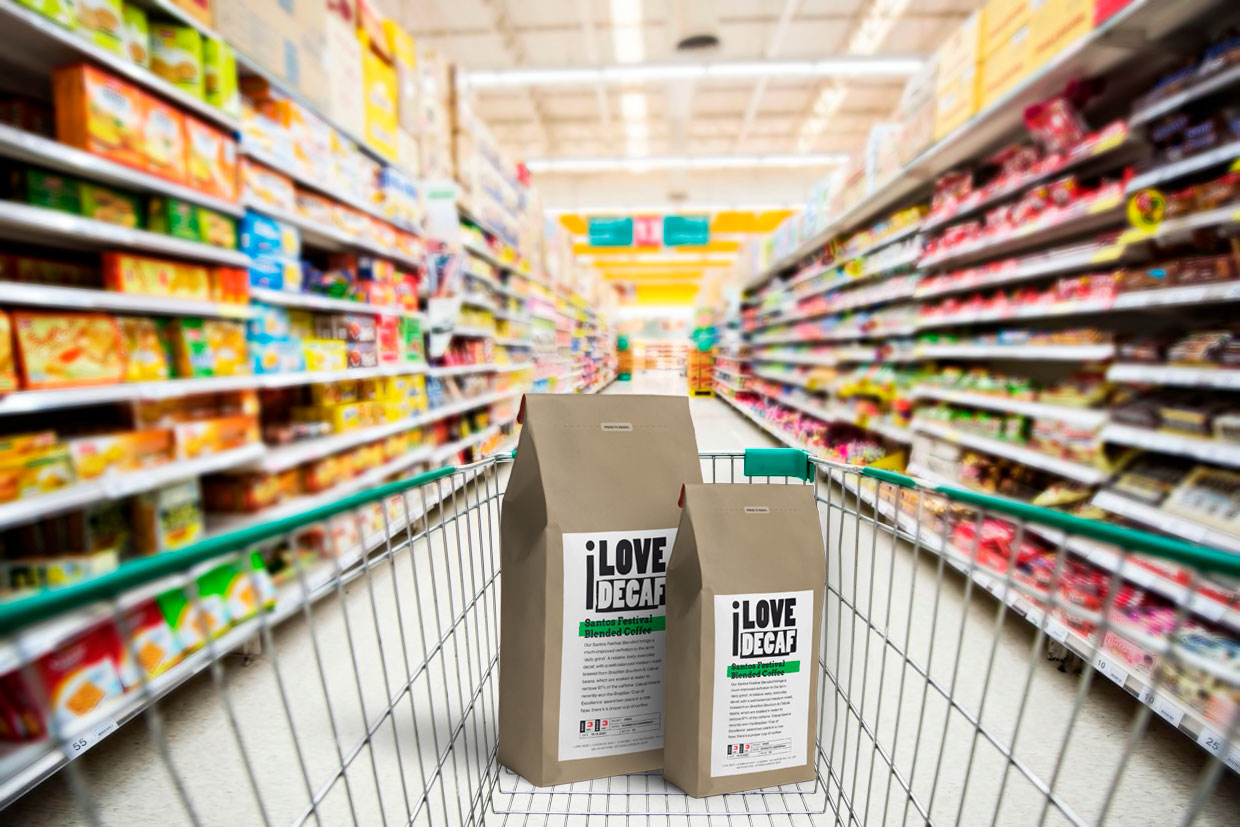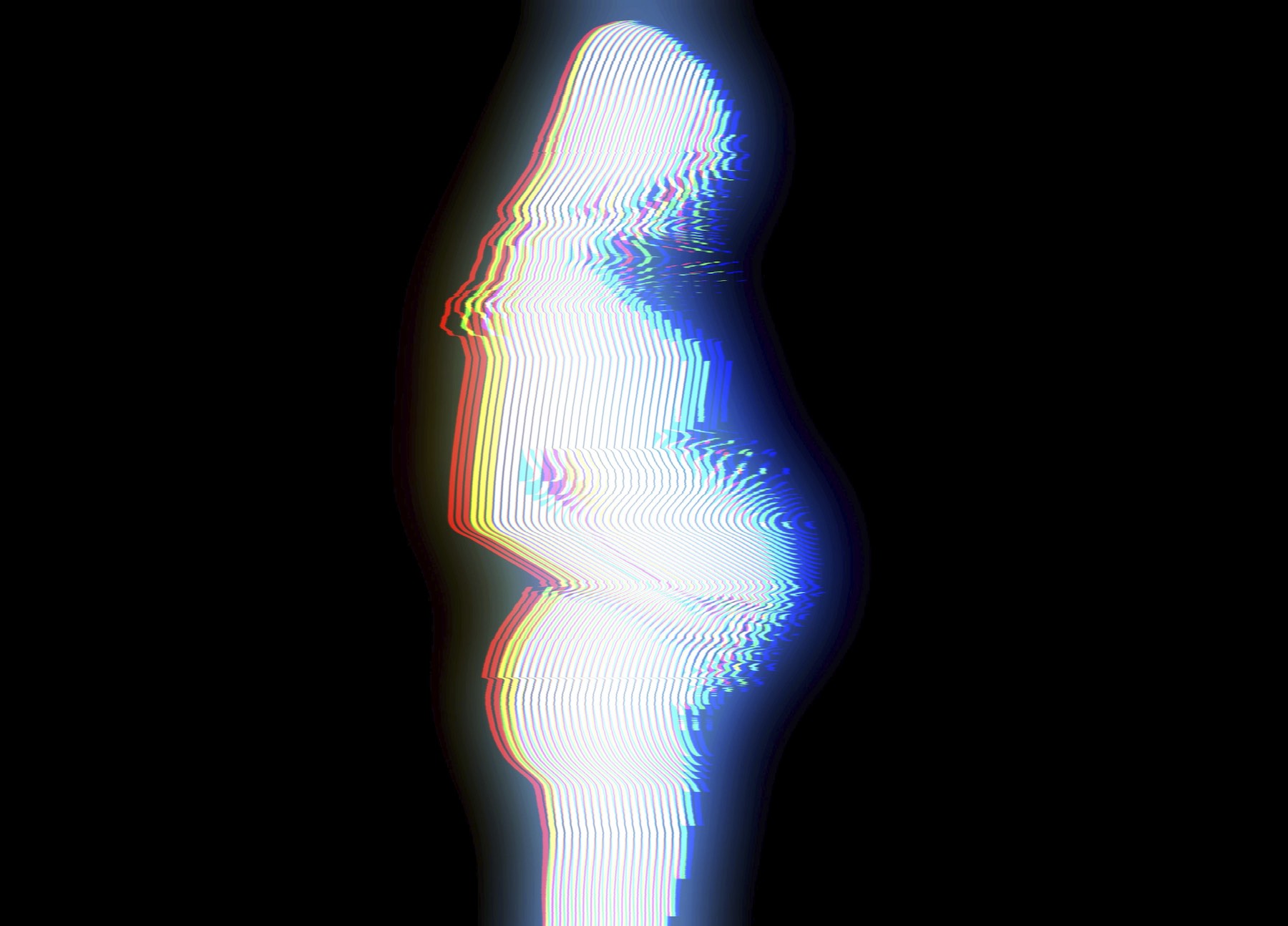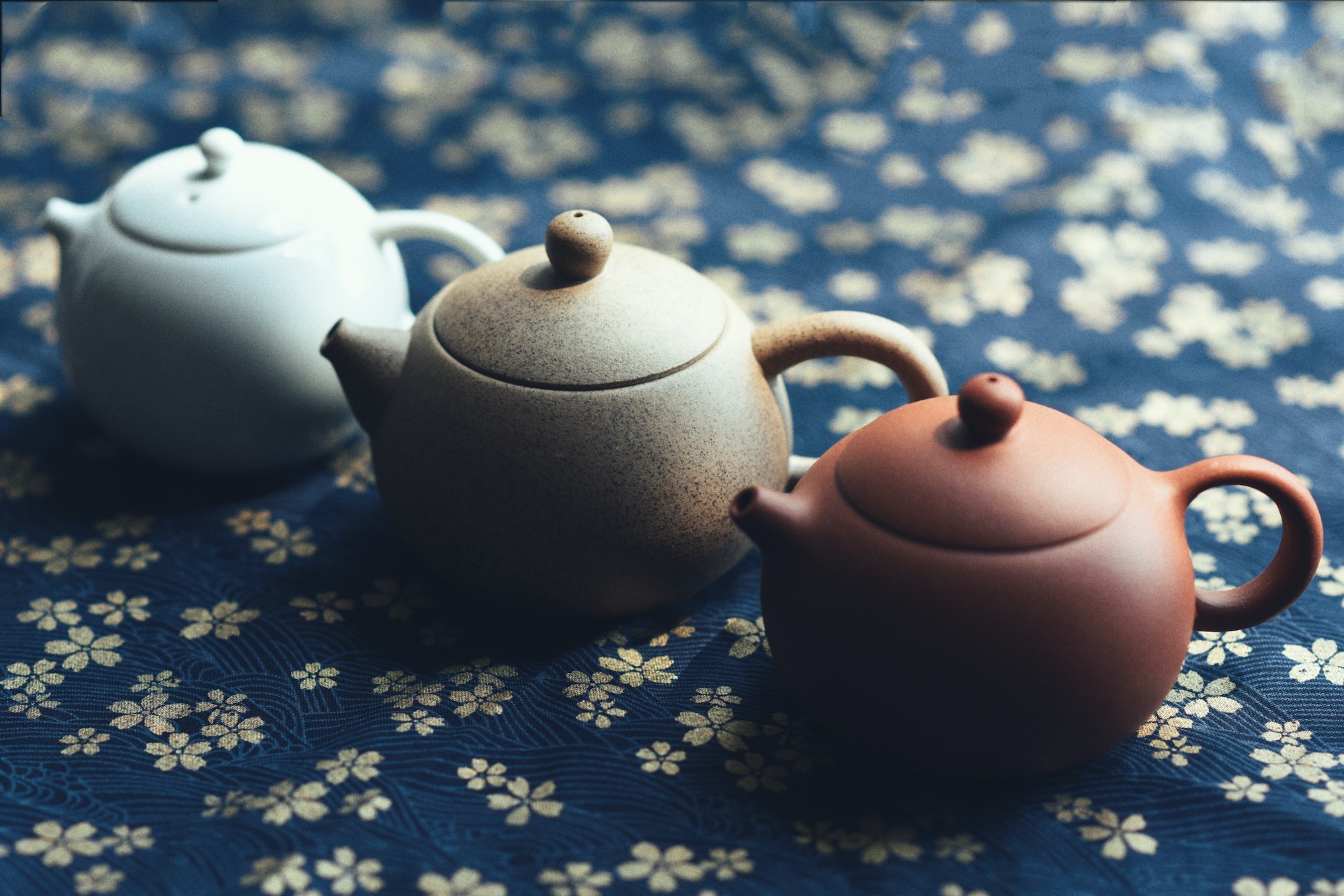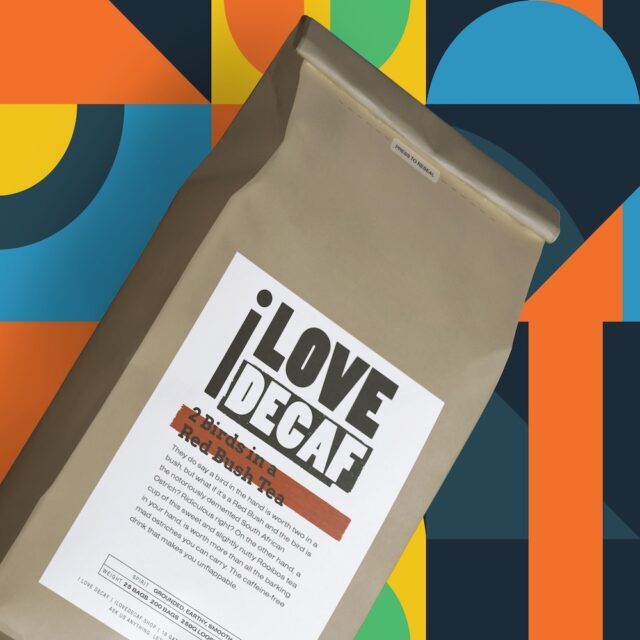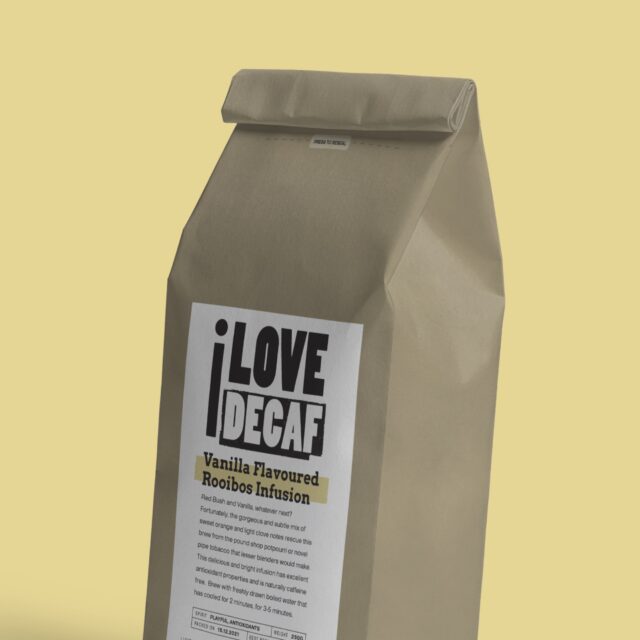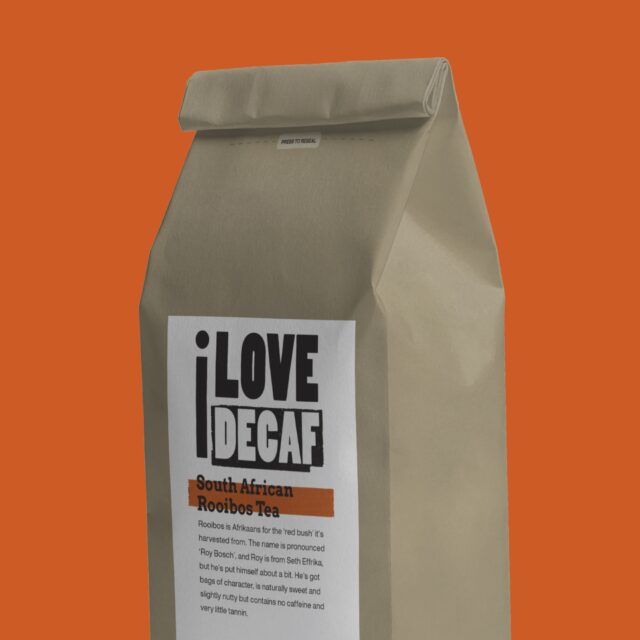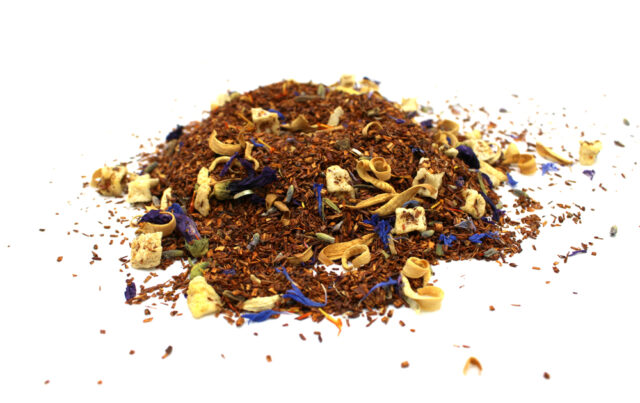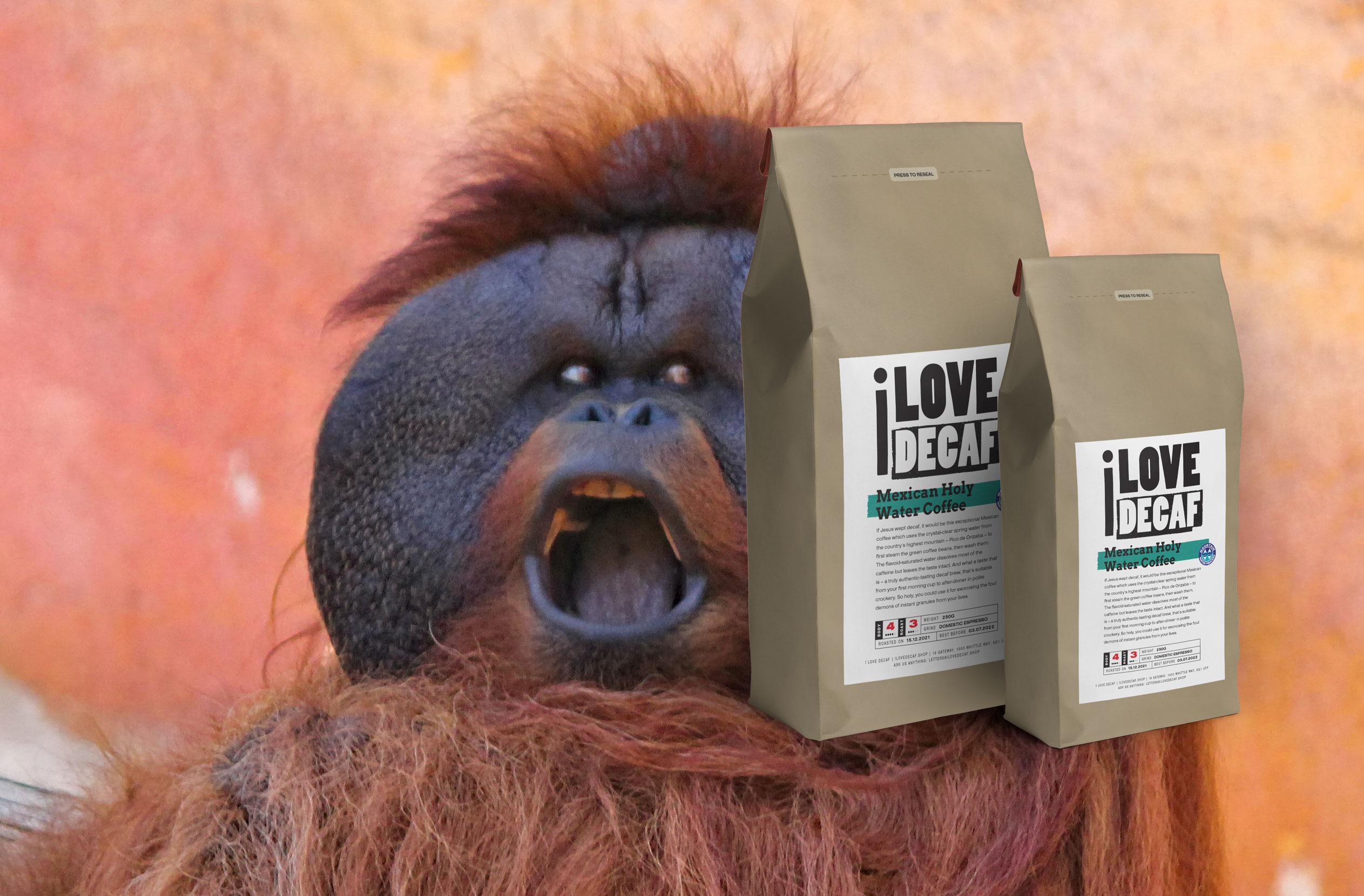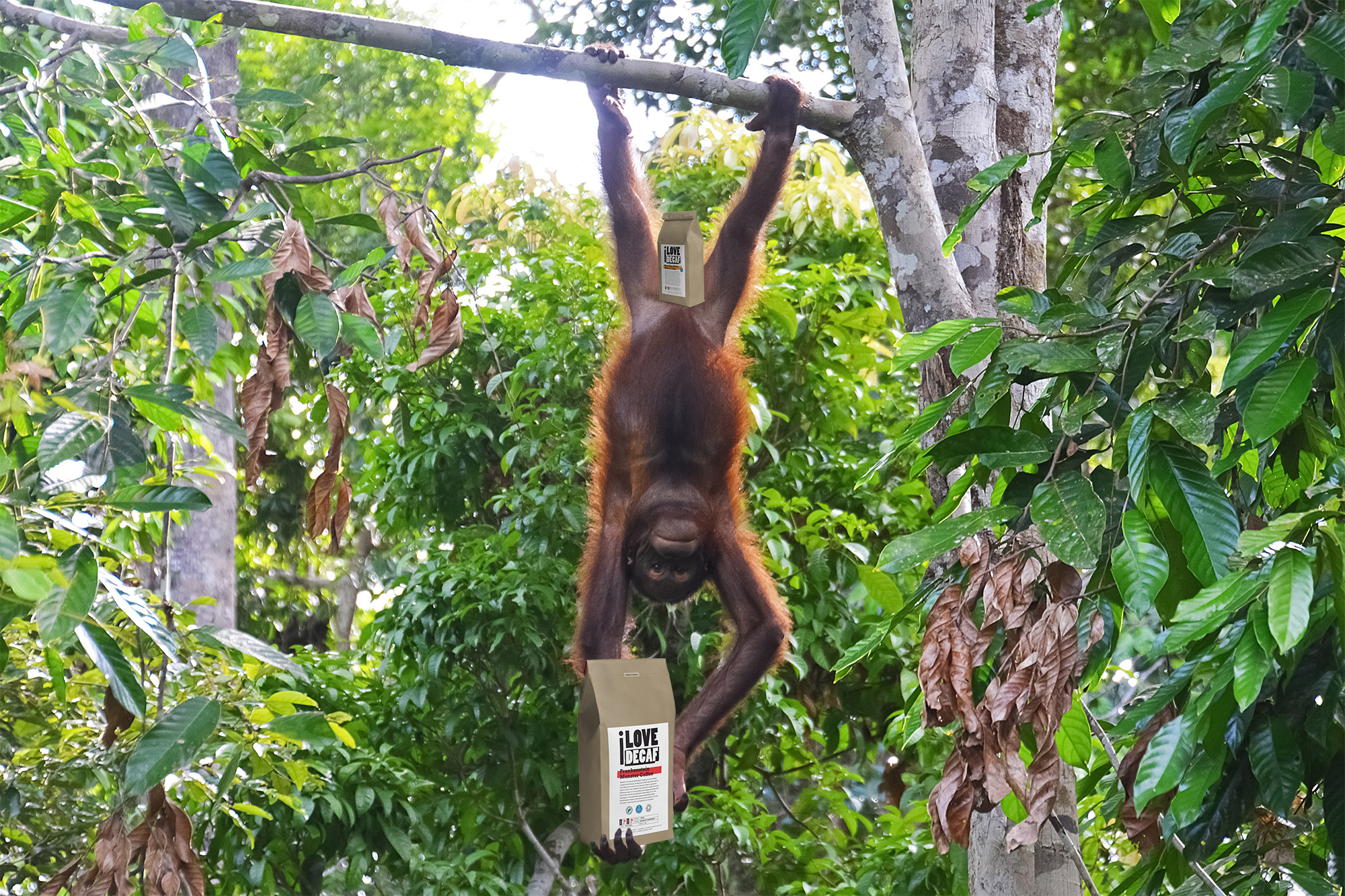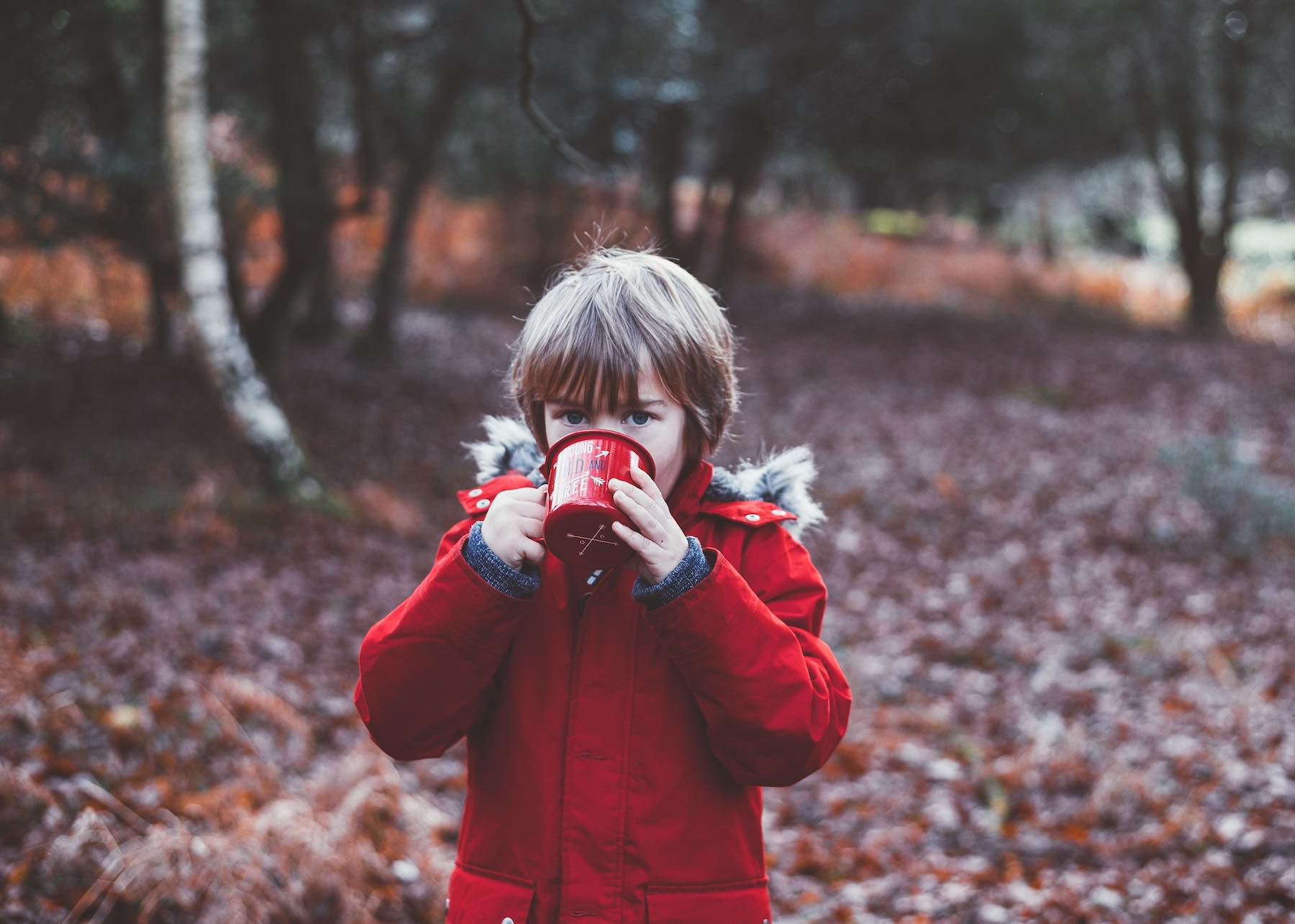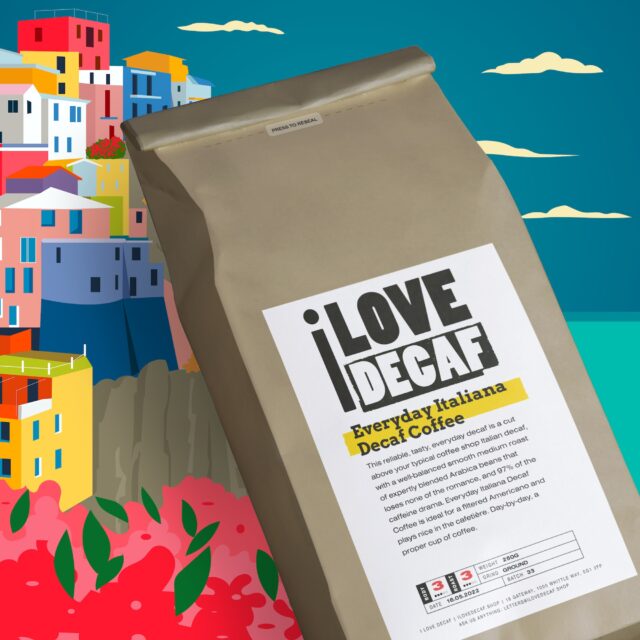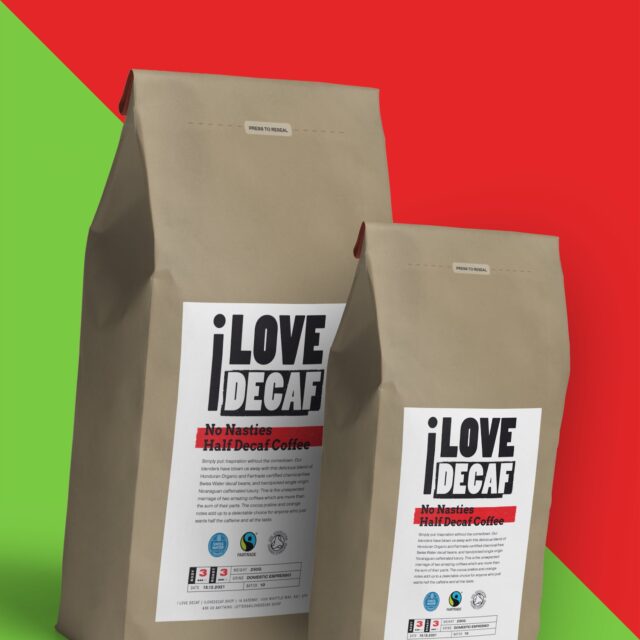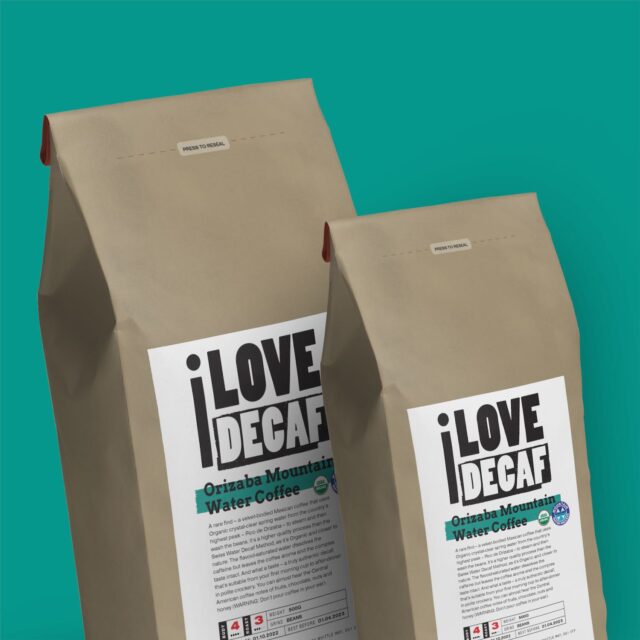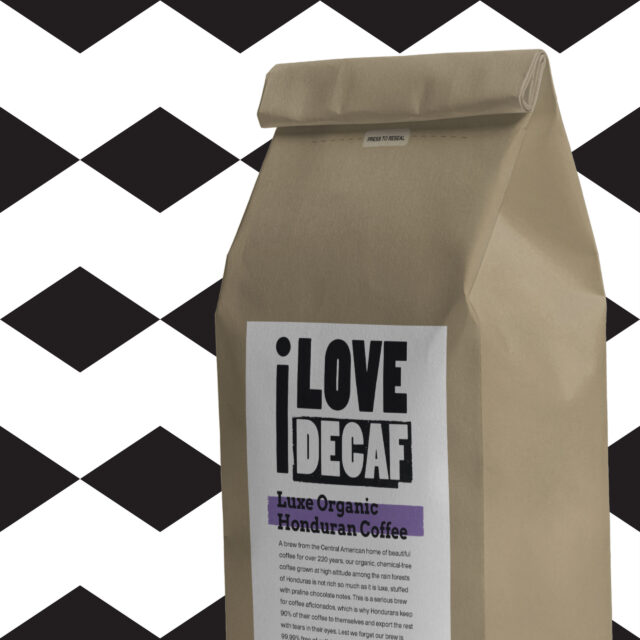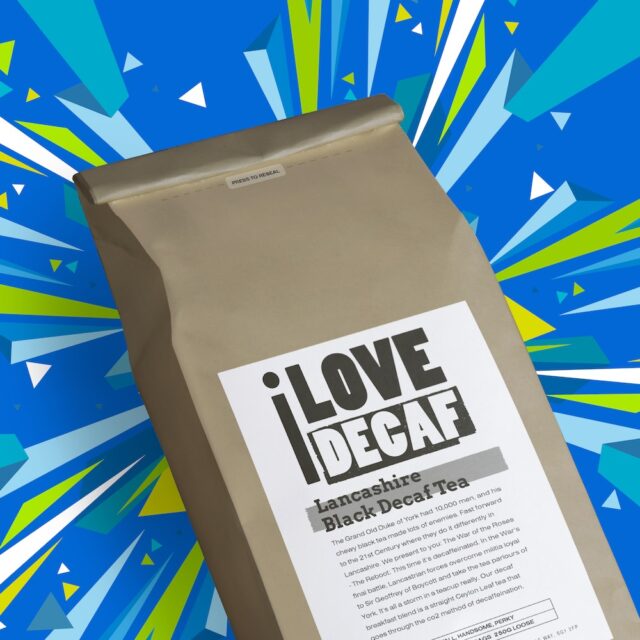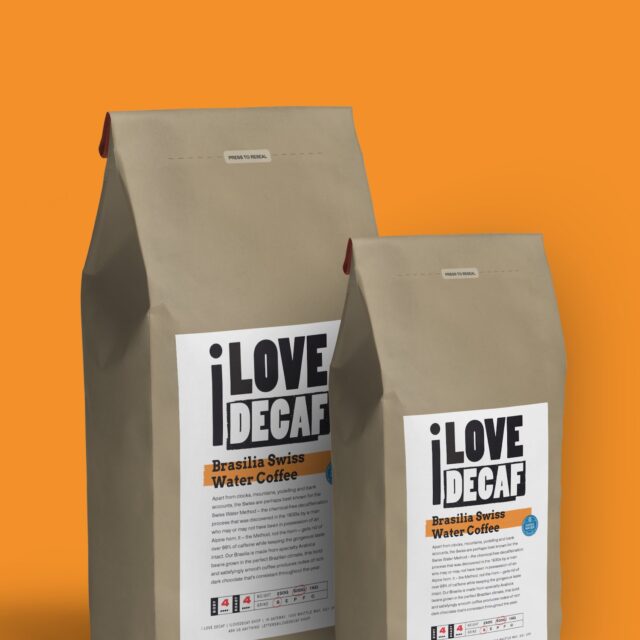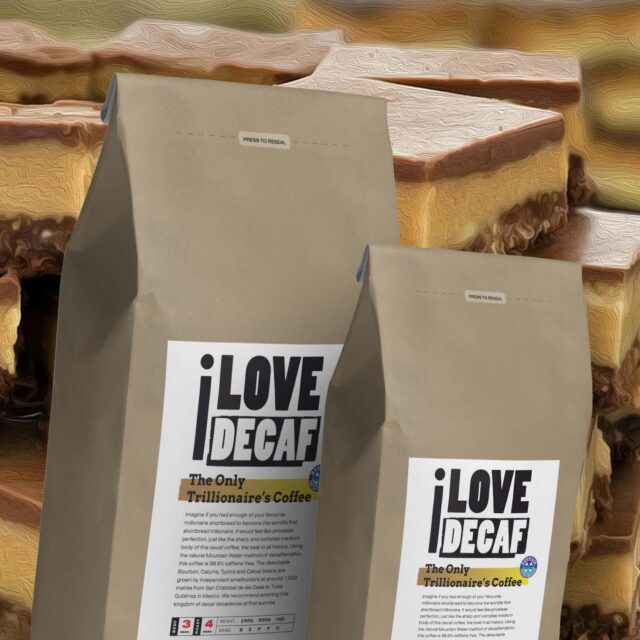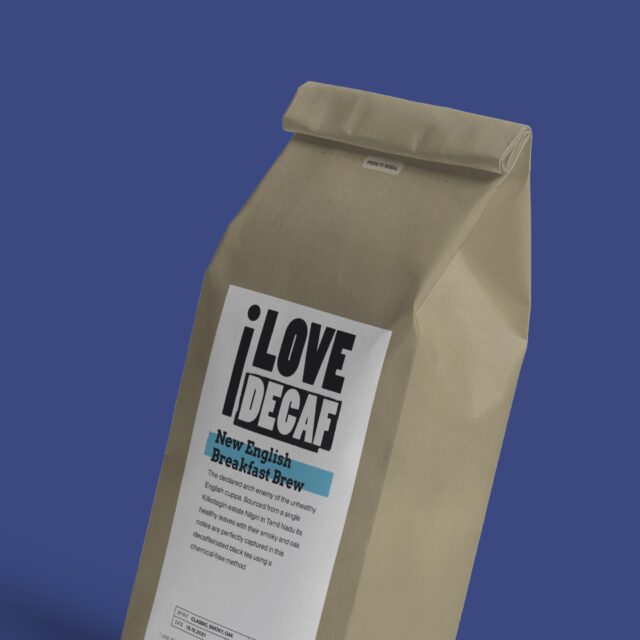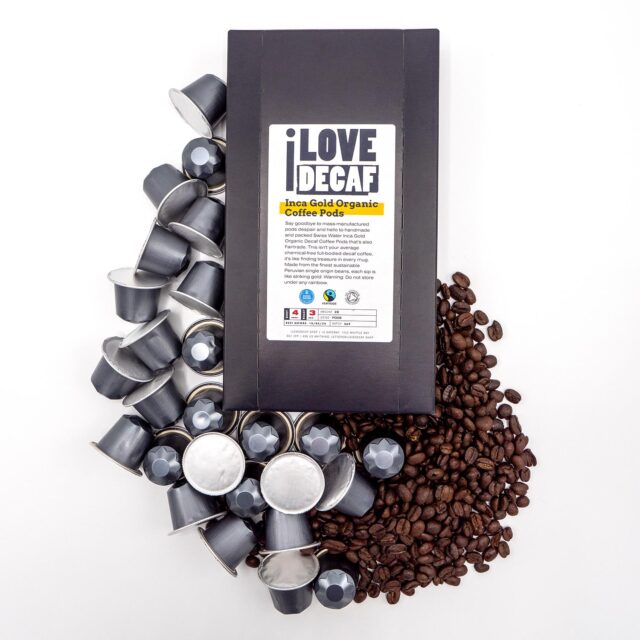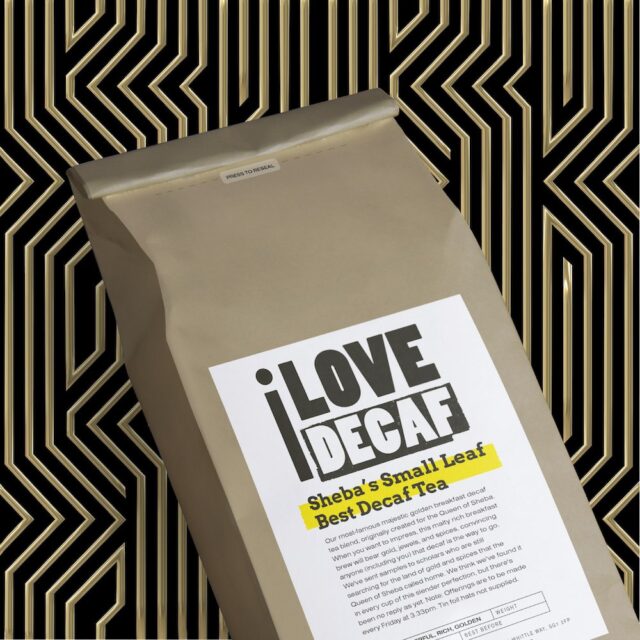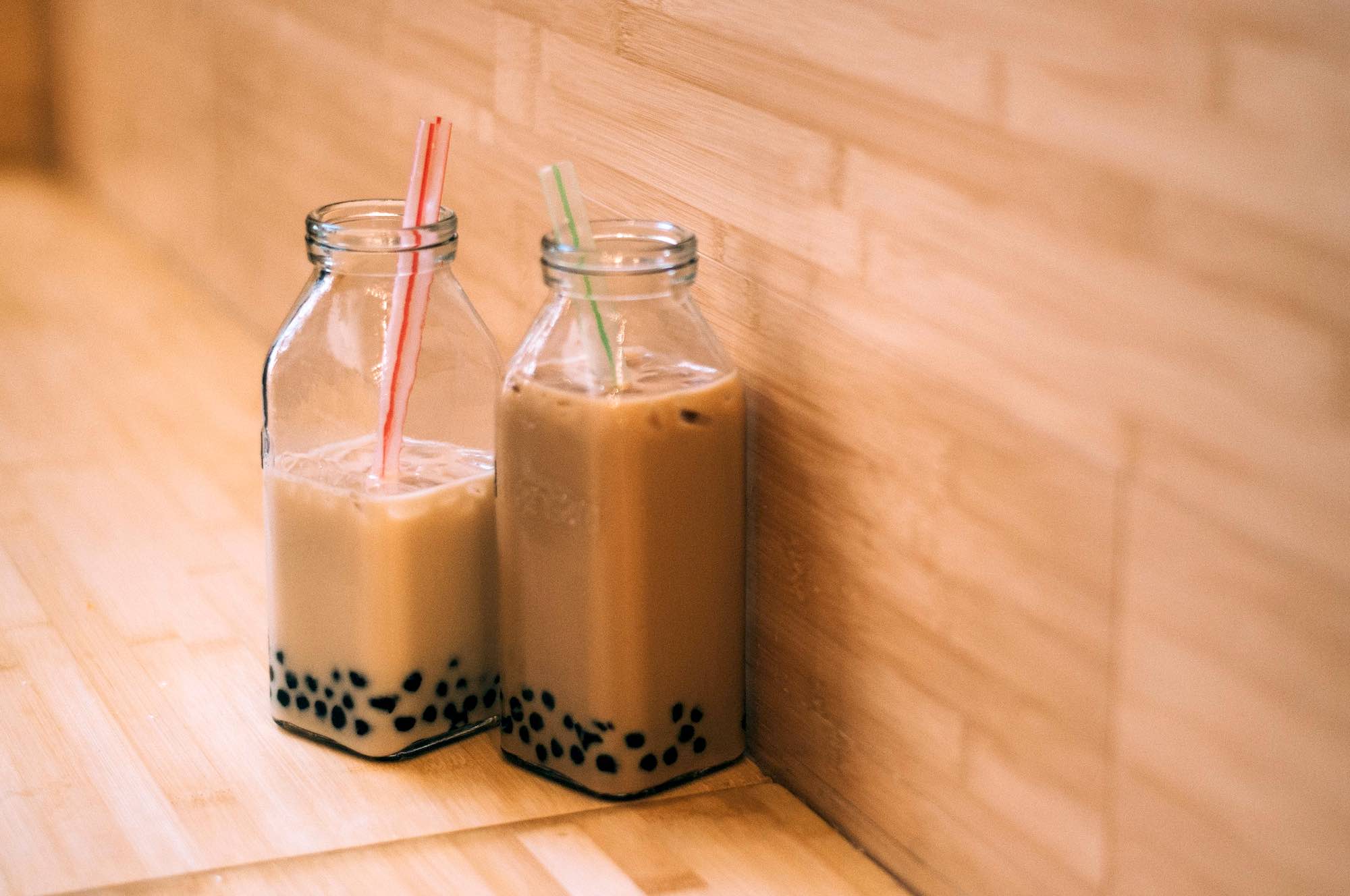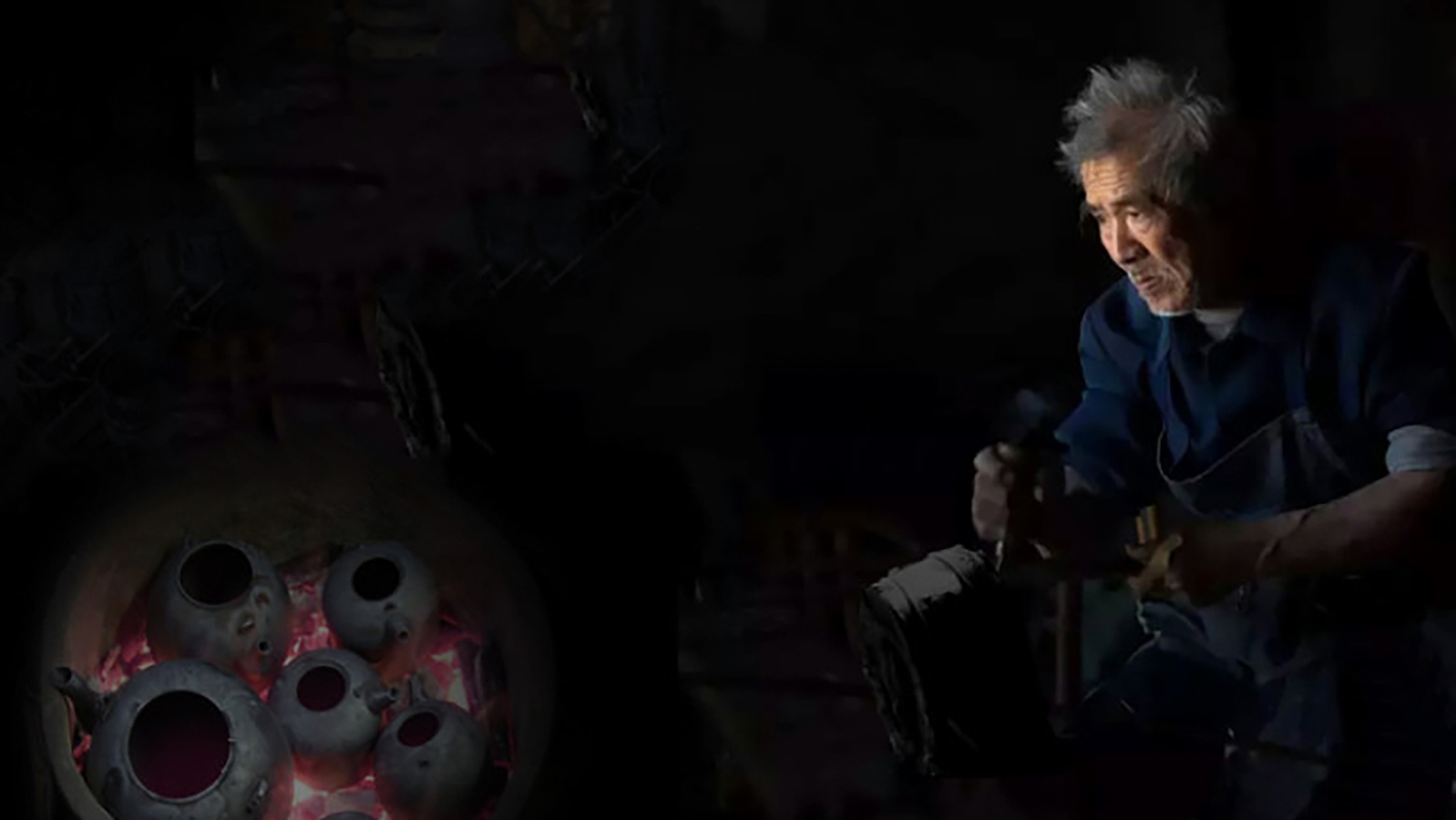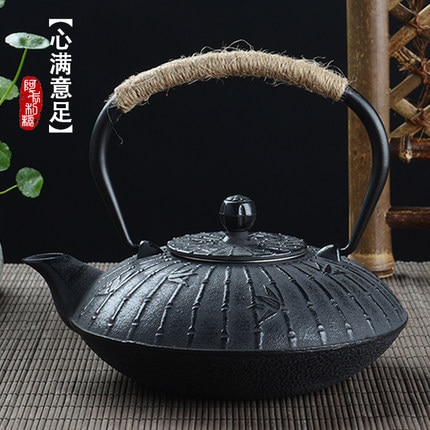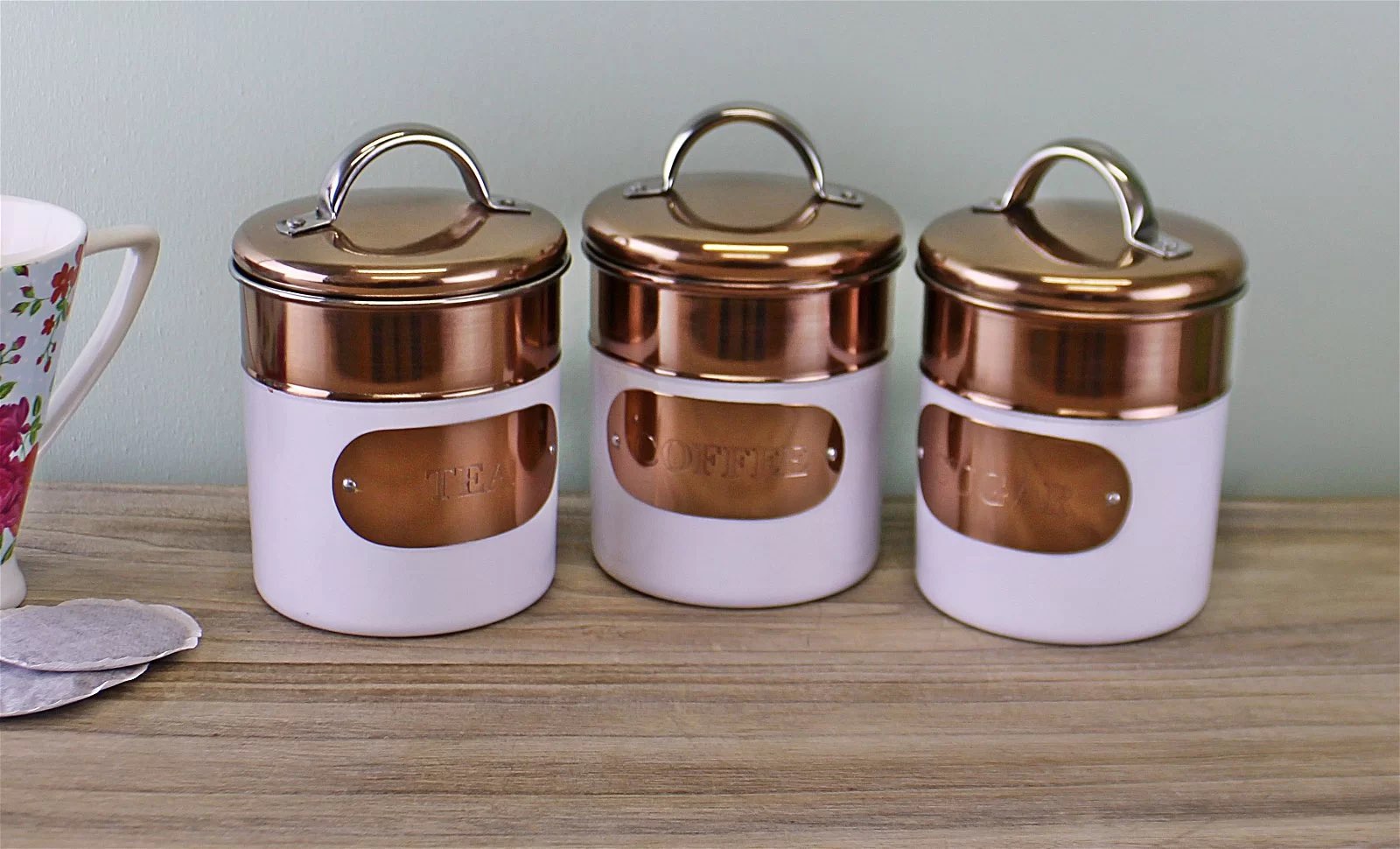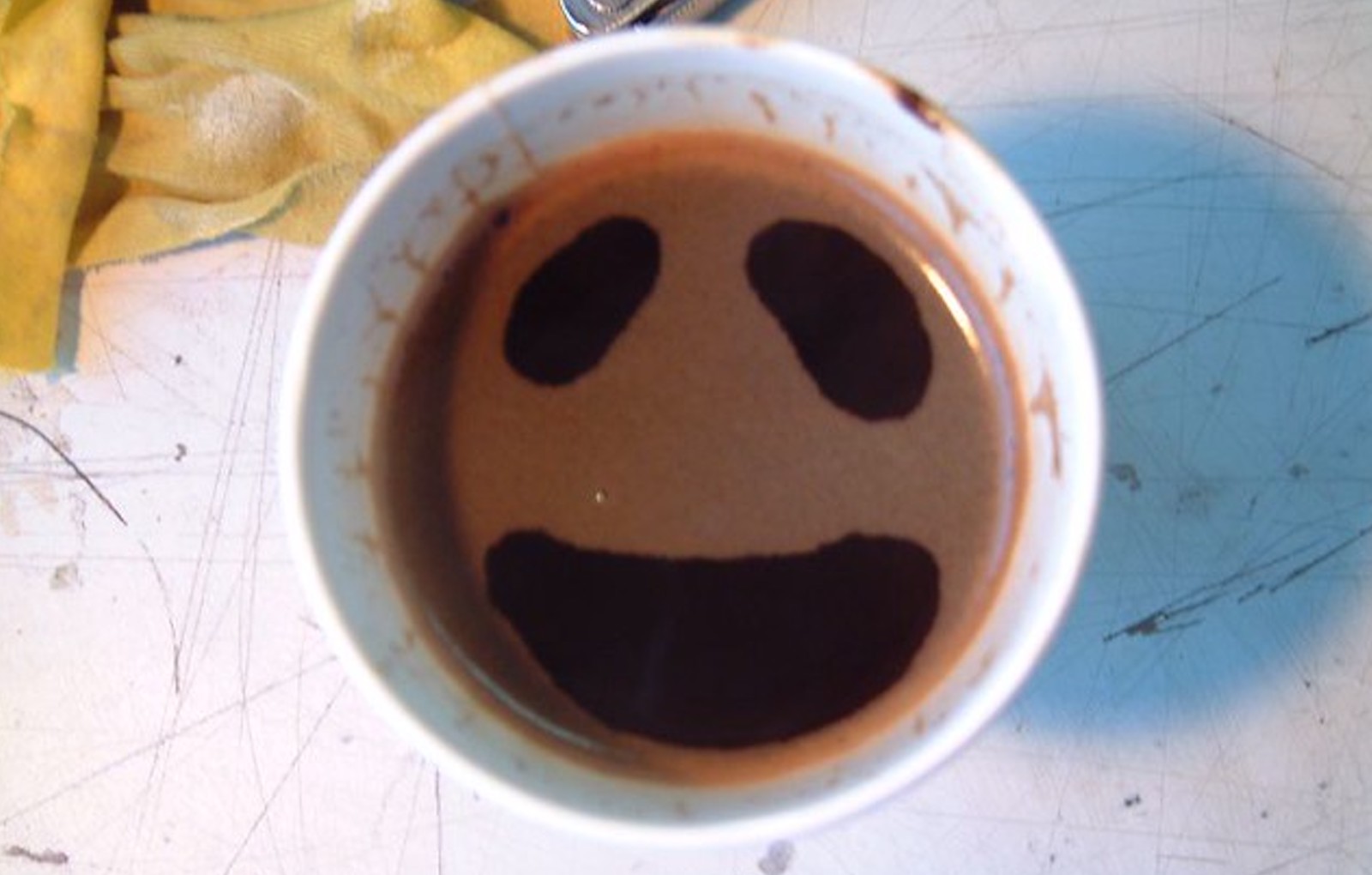Ground decaf coffee comes in such a broad range of different forms, the labels display a hot barrow-load of information from decaf method to body, roast and origin. You’re willing to believe the coffee ‘does exactly what it says on the packet’, if only you could work out exactly what it does say on the packet. As well as body and roast, one of the most important bits of information is how fine or coarse the grind is.
How does grind affect my coffee?
Grind is a measurement of how ground the coffee is. That wasn’t a surprise, was it? What might be new information is how much grind affects the taste of the coffee you drink. As well as the coffee you absolutely refuse to drink because it came out with notes of battery acid, warning claxons and flashing lights. If you’ve had one of those cups of decaf recently, you’ve either just come out of Costabucks, or you have got your brew all wrong and that may have something to do with putting the wrong grind in your coffee-making equipment.
Different coffee-making machines and makers make coffee in different ways and at different speeds. To work its magic, your chosen weapon of decaffeination needs a specific size and grade of ground coffee.
Espresso fine grind
Espresso machines, for example, extract all of that yummy super quick – in usually less than 30 seconds. The same goes for pods and capsules. The hot water is in contact with the coffee for such a short time, it needs to extract flavour quickly. A fine grind presents more surface area than a coarse grind and the high-pressure water squeezes more of the flavour out. Using a coarse ground in an espresso machine will lead to a sour cup of under-extracted decaf.
French press coarse grind
A French press, by comparison has minutes to work its magic as you steep the grounds for much longer. Brewing fine grounds in a cafetière for minutes on end will over-extract flavour and lead to a bitter brew.
Between the two extremes, you’ll find that medium ground works best with auto-drip filter machines or pour-over coffee makers, like those that come with a jug or carafe.
Match your machine with grind
It is very important to match the decaf grind you buy with the coffee-making gear you already have. If you suffer from disappointing cups of home-brewed decaf, it could be something as simple as buying the right coffee for your machine.
We try to make this as straightforward as possible at I Love Decaf. Our coffees come in different grinds for different methods of coffee-making. Rather than tell you on the bag the grind is medium-fine, we state what kind of machine the grind is suitable for. Sometimes, to save label space, we use a letter instead.
B Beans (not ground at all)
These are unground beans – perfect if you own a bean-to-cup coffee machine or you grind your own beans separately (perhaps you have a Moka pot and a French press and want to control the grind for optimum results in each piece of equipment).
C Cafetiere/French Press
A cafetiere or French press is a tall jug with a plunger that holds back the grounds from your brewed coffee. You fill it with very hot (not boiling) water and let it steep. When the brew is done you push the plunger slowly down to compress all the grounds out of suspension behind a metal screen.
E Espresso
Espresso machines in the barista-style have become more popular over time, but espresso was originally brewed in Moka pots – stove-top percolators in which you boil water under pressure forcing steam and water through coffee grinds. When the grinds are saturated, the pressure forces brewed coffee up a funnel through a filter to the top chamber. When you hear the characteristic gurgling your coffee is ready. Whatever kind of espresso making equipment you have, this grind is the optimum for brewing your coffee.
P Pods/Capsules
Some modern coffee machines use a sealed pod system to make your coffee. The idea is you throw away each pod after you have used it once and the environmental cost gets picked up in a third world country steadily filling up with aluminium and plastic capsules. Not good enough. Fortunately, you can get refillable pods and systems for most of the proprietary coffee makers. We sell one of these on ilovedecaf, but others are available elsewhere.
F Filter/Aeropress
The simplest method of making coffee is to drip feed or pour very hot water over ground coffee which sits in a cone of filter paper held over a large jug. There are many variations of this technique from pour-over to the new Aeropress machine which can even make espresso-like coffee on the go.

